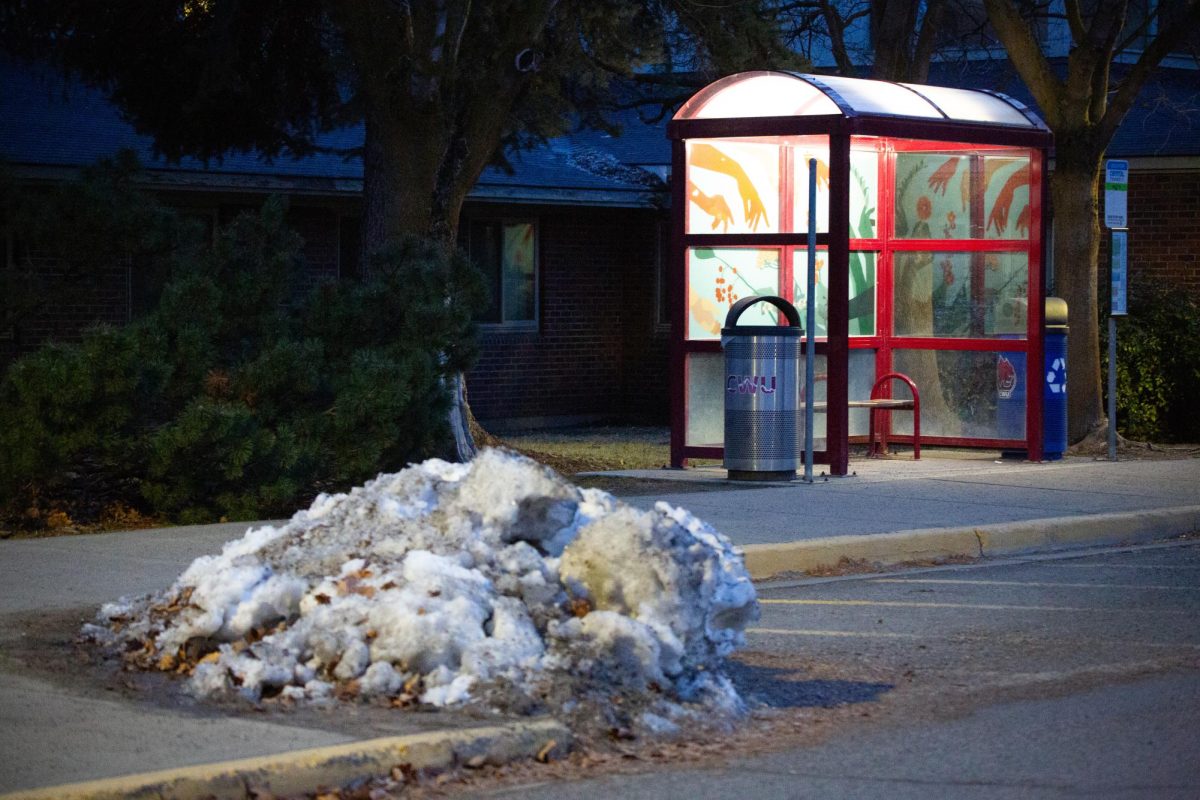BY BARBARA LEWIS, Staff Reporter
Human remains have been found at the Wanapum Dam last week in an archaeological find that state archaeologists are still investigating.
“Any time human remains are found along our shorelines we contact the county coroner and local enforcement,” Thomas Stredwick, public affairs director of the Public Utilities Department (PUD), said.
The Wanapum Dam is down I-90, just south of Vantage, about 35 miles east of Ellensburg.
Since a crack has been discovered in the dam, the Grant County PUD had to lower the water level to reduce pressure in order to fix the crack and lower the risk of further damage. The resulting waterline is lower than it has been in decades.
After the Wanapum Dam was lowered, shorelines were exposed and just last week, the PUD was notified that human remains had been spotted.
The county coroner, an elected official who investigates and determines accurately the manner and cause of death, did an investigation on the forensic level to ensure that the remains were not the result of a crime scene.
After taking pictures of the remains for records, the remains were sent to an archaeologist.
“Once we were out there, a few of the bones had surfaced,” Craig Morrison, Grant county coroner, said. “We dealt with the bones that had surfaced.”
After the bones were determined archaeological in nature, they were sent to the state’s department of archaeology and preservation.
Central professor of archaeology, Marna Carroll, noted that water could help protect things archaeologically.
“There was little disruption of the bones where they were,” Morrison said.
According to Carroll, the least amount of disruption is optimal.
“The importance of the issue for anthropology students is basically respecting the wishes to whomever they belong to,” Carroll said.
Since protocol requires that authorities be contacted, it is up to state officials to determine how to respectfully handle the situation.
Allison Brooks, state historic preservation officer, said they are trying to figure out how to deal with the situation.
She said that one of the things they do know so far is that they are Native American remains.
However, the state archaeologist is still studying the remains, and they have not found out any further information. They noted that these things do not happen as fast in real life as they do on television.
“Our state physical anthropologist is still working with local tribes,” Brooks said. “Of course coordinating with the tribes on what they want to see happen.”
She said analysis has not been one of their main concerns so far, because they want to focus mainly on protecting the site of the remains first.
Since shorelines were exposed after the water level of the dam was lowered the possibility of looting has heightened as curiosity looms.
This is a real concern to local authorities, because the shores are protected under state law, mainly because of nearby historical sites.
“State and federal laws really prohibit the collection of artifacts found along our shorelines,” Stredwick said.







